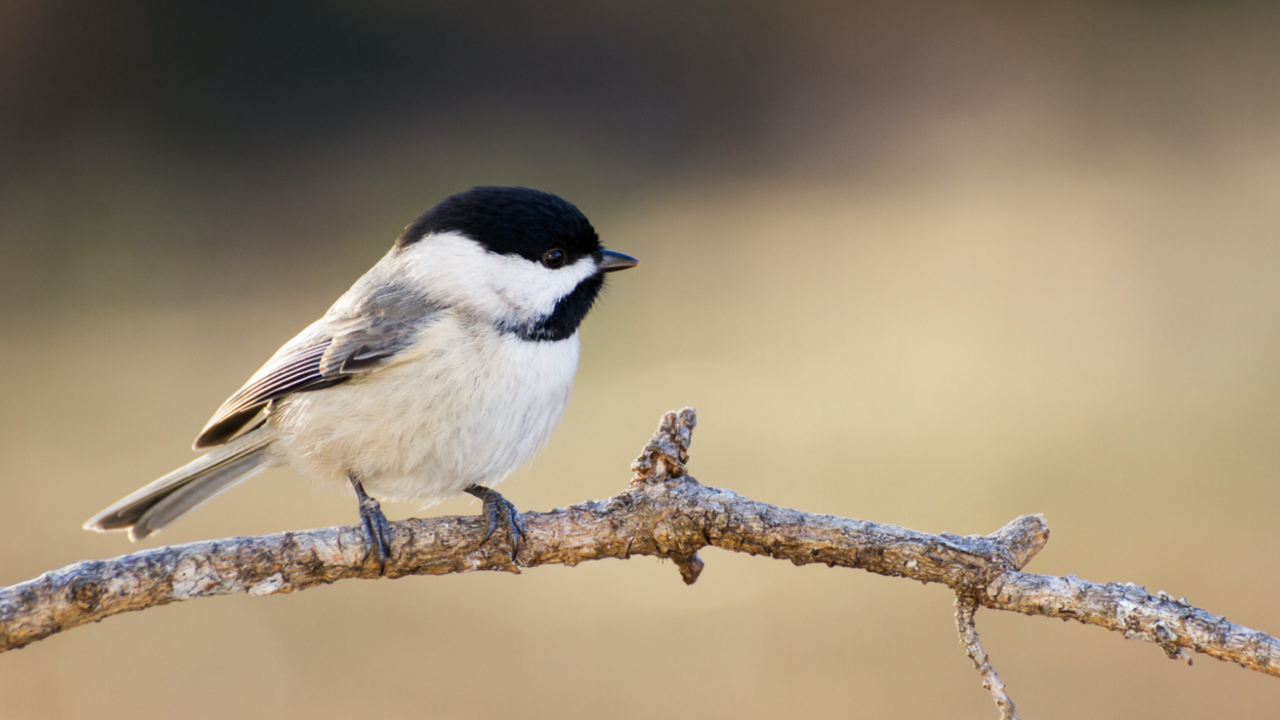Extension for Real Life
Bird of the Month: Carolina Chickadee

Screen Shot 2023-08-04 at 4.07.47 PM.png
If you hear a bird call that sounds like a fast, high pitched “chick-a-dee-dee-dee,” you can confidently say it’s coming from a Carolina chickadee– they get their name from this distinctive call. Their song is typically a four-note whistle with a downward inflection that sounds like “see-dee-see-dee.”
Carolina chickadees are small members of the chickadee family, and almost identical to the black-capped chickadee found in the northern half of the United States. The Carolina chickadees are year-round natives of the southeastern parts of the U.S.
Male and female birds look similar, having gray upper feathers with white lower plumage, a distinctive black cap and bib with white cheeks. They have large heads and a short neck, making the bird’s shape look plump and spherical. Carolina chickadees are typically 4 ¾ inches long and have a wingspan of 7 ½ inches.
These birds are fond of wooded habitats. You’re likely to find them in urban and suburban areas that have large, wooded areas surrounding it. Carolina chickadees lay between 5 to 8 eggs, which are typically white with reddish-brown dots, in tree cavities or in nest boxes. Some male and female birds mate for life, while others might break off after mating season.
During extremely cold winters, the Carolina chickadee can lower its body temperature until it reaches a state of hypothermia called, “torpor.” This method allows them to conserve energy. Speaking of the colder months, Carolina chickadees form winter flocks for the season. Members of a flock are loyal, often staying together all season. However, some birds leave and join other flocks.
To welcome Carolina chickadees to your landscape, consider putting up a nesting box and leaving sunflower seeds and suet in bird feeders for them. They also eat a variety of insects and berries.
Learn more about Mississippi’s wildlife by checking out our EkoKids Nature Guides!
Authors
-
 Marketing & Communication Coor
Marketing & Communication Coor- Agricultural Communications